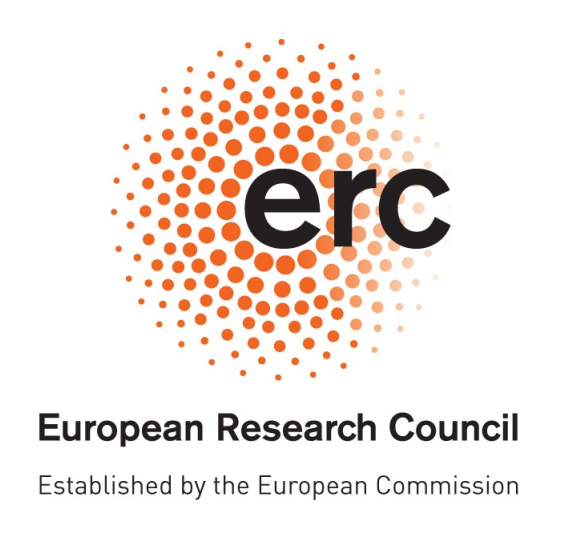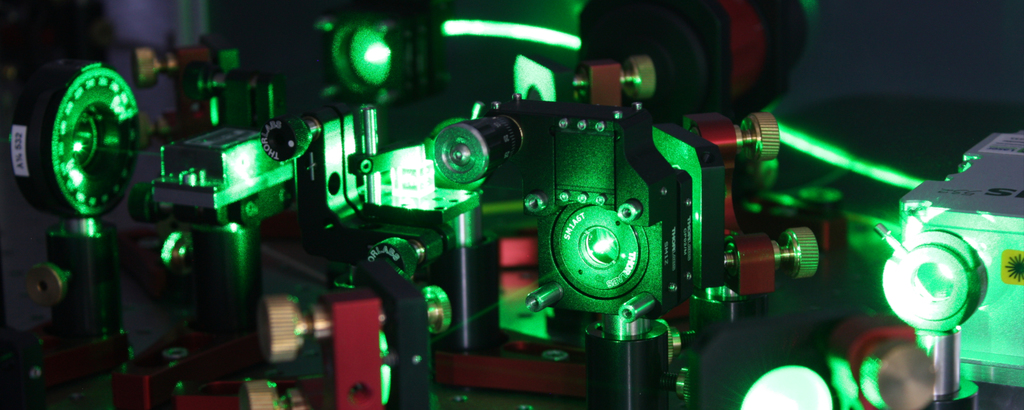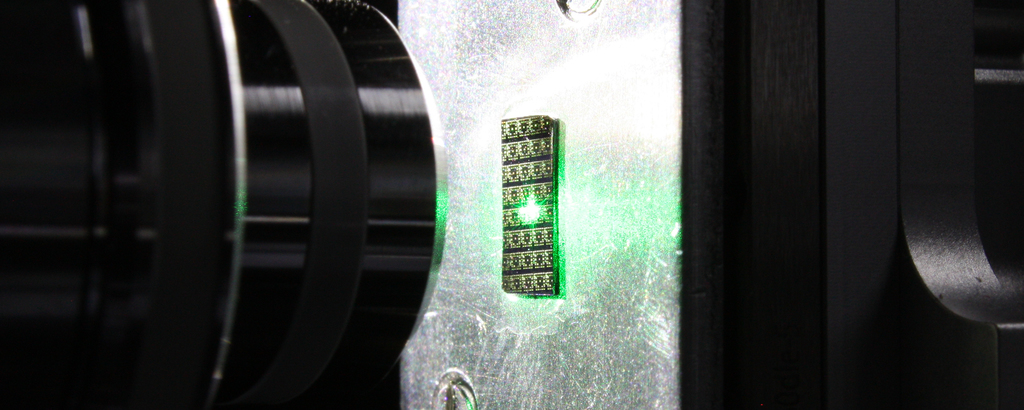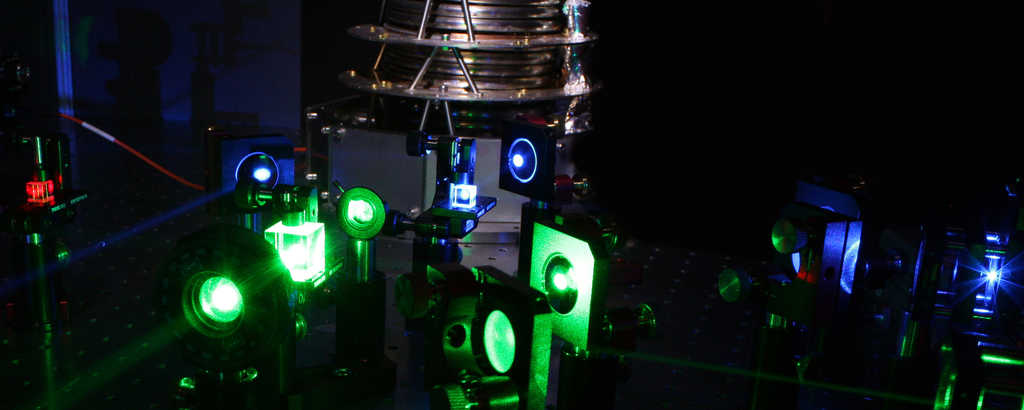Molecular Quantum Opto-Spintronics (MoQuOS) combines the fields of molecular electronics, spintronics, optics and plasmonics, as well as quantum devices.
In molecular quantum spintronics, the molecules’ electron spin degree of freedom plays a key role in storing, transmitting, and processing information. Different molecular devices such as molecular spin-transistors, spin-valves, and spin-filters enable the read-out and manipulation of the spin states of molecules. Such devices paved the way to milestone results such as the implementation of a Grover algorithm in the four states of a molecule nuclear spin. Concerning quantum computation and fast quantum sensing, though, the electron and nuclear spin single-shot read-out times have been limited to the milliseconds or even seconds.
To further advance the field of molecular quantum spintronics and to tackle the bottleneck of slow single-shot read-out times, advanced optical methods are exploited to manipulate and read out the different spin states of magnetic molecules.
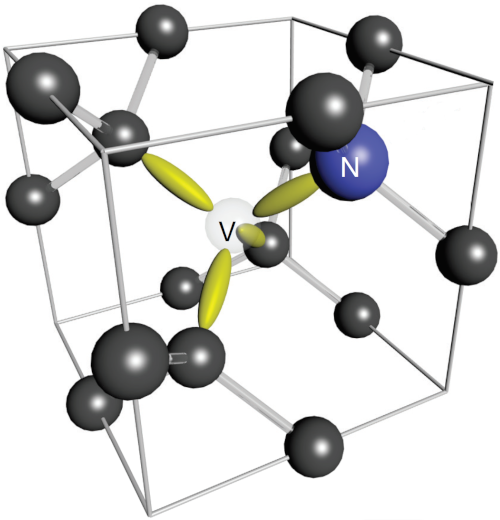 |
|
|
We perform ensemble and single molecule fluorescence spectroscopy to pick a designed molecular compound suited for the integration into opto-spintronic devices. |
 |
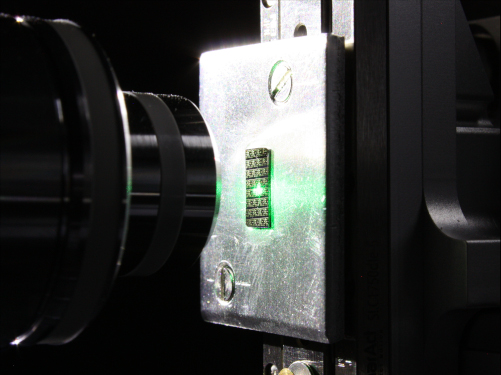 |
Light interaction with molecular devices We adress molecular spin-transistors optically to manipulate and read out the qubit spin state. The microfabricated gold junctions of the spin-transistors allow us to exploit an enhanced light-matter interaction. |


